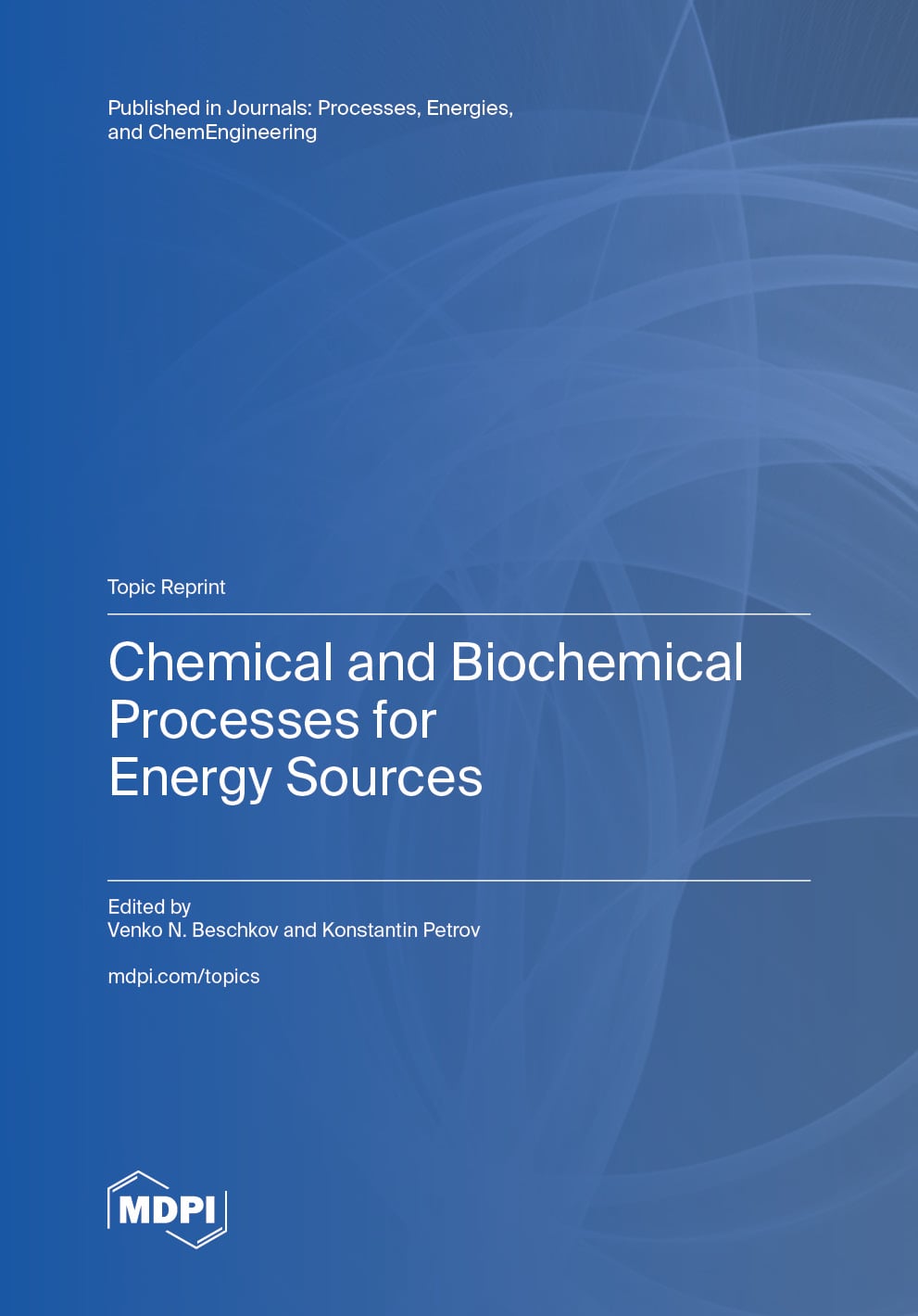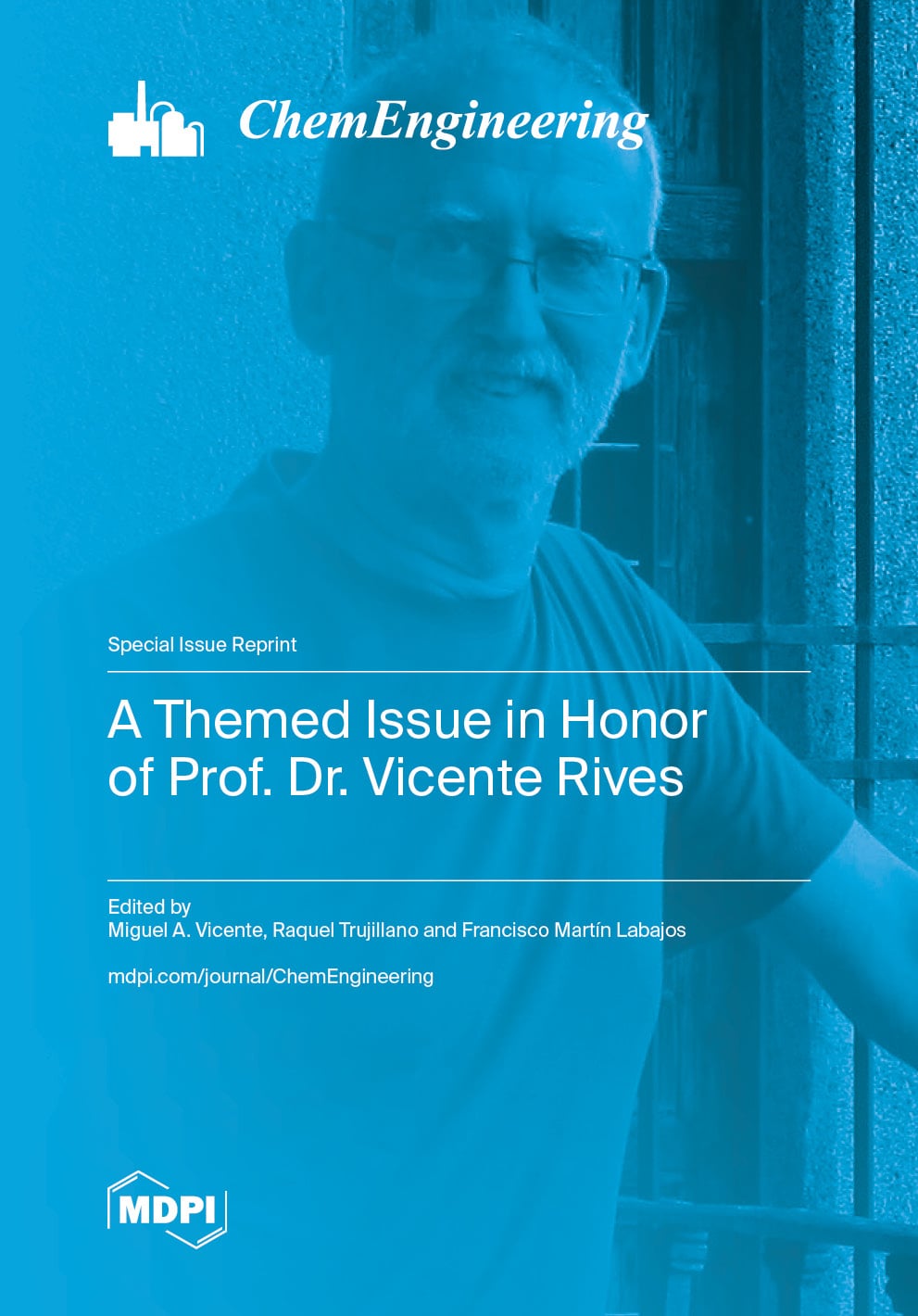- 3.4Impact Factor
- 4.9CiteScore
- 30 daysTime to First Decision
ChemEngineering
ChemEngineering is an international, peer-reviewed, open access journal on the science and technology of chemical engineering, published monthly online by MDPI.
Quartile Ranking JCR - Q2 (Engineering, Chemical)
All Articles
News & Conferences
Issues
Open for Submission
Editor's Choice
Reprints of Collections

Reprint
Chemical and Biochemical Processes for Energy Sources
Editors: Venko N. Beschkov, Konstantin Petrov

Reprint
A Themed Issue in Honor of Prof. Dr. Vicente Rives
Editors: Miguel A. Vicente, Raquel Trujillano, Francisco Martín Labajos

